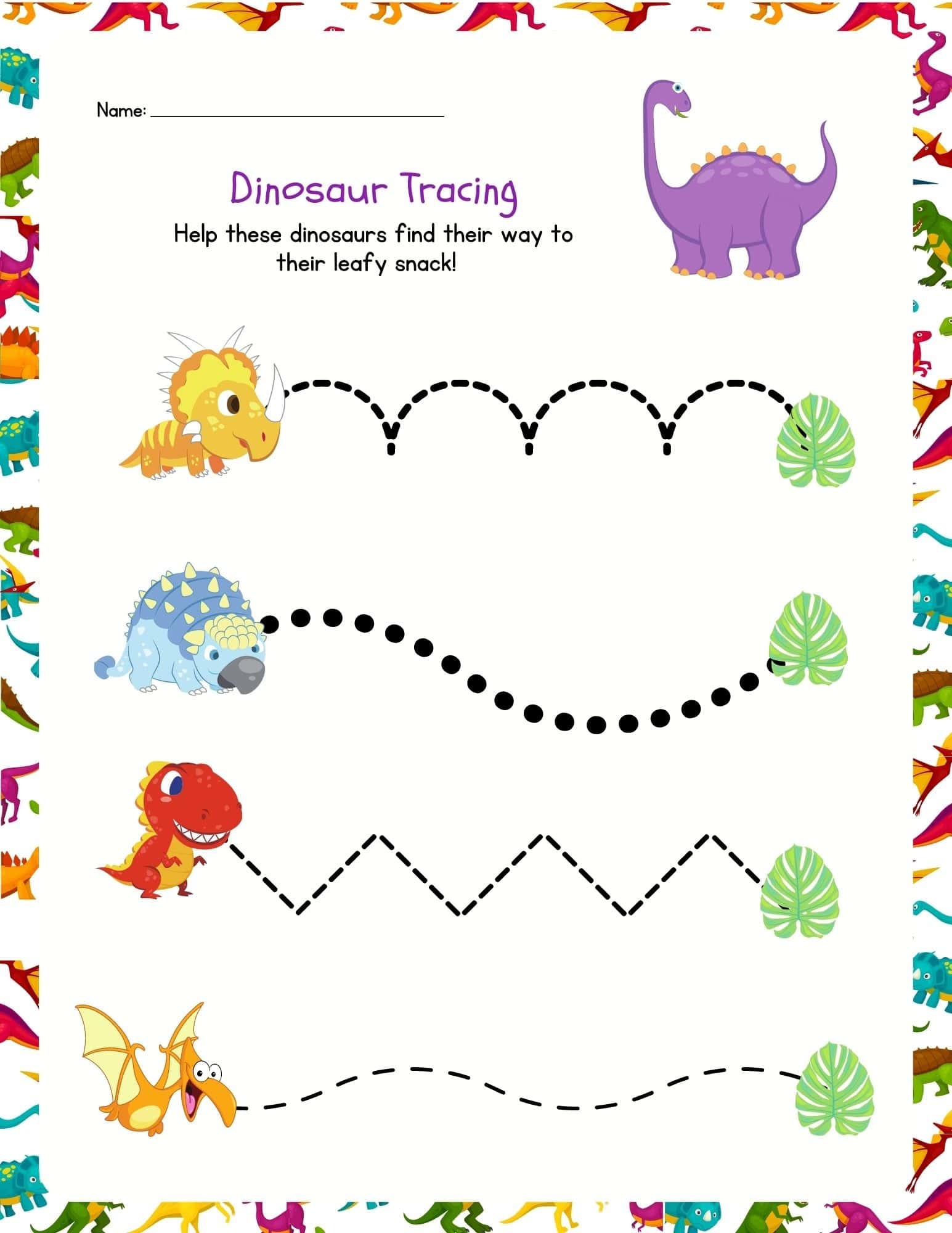Tracing worksheets are a great way to help children develop their fine motor skills and improve their handwriting. These worksheets provide a fun and interactive way for kids to practice tracing letters, numbers, shapes, and more.
By using tracing worksheets, children can improve their hand-eye coordination and learn the proper way to form letters and numbers. This can help them build a strong foundation for writing and improve their overall academic performance.
Benefits of Tracing Worksheets
One of the key benefits of tracing worksheets is that they can help children develop their fine motor skills. By tracing lines and shapes, kids can improve their hand control and dexterity, which are essential for activities like writing, drawing, and using scissors.
Tracing worksheets also help children learn how to follow directions and stay focused on a task. By completing the tracing exercises, kids can practice their attention to detail and concentration, which are important skills for success in school and beyond.
Furthermore, tracing worksheets can be a fun and engaging way for children to learn. By incorporating colorful images and interactive activities, these worksheets can capture kids’ attention and make the learning process more enjoyable.
Tracing worksheets can also be a helpful tool for children who are struggling with handwriting. By practicing tracing letters and numbers, kids can improve their letter formation and spacing, leading to neater and more legible writing.
In addition, tracing worksheets can be a useful resource for parents and teachers. These worksheets provide a structured way for adults to help children practice their handwriting skills and monitor their progress over time.
In conclusion, tracing worksheets are a valuable tool for helping children develop their fine motor skills, improve their handwriting, and enhance their overall learning experience. By incorporating tracing activities into their daily routine, kids can build a strong foundation for academic success and lifelong skills.
